Canine muses: The English bull terrier who helped transform her owner from 'a photographer into an artist'
In the first edition of our new, limited series, we meet the dogs who've inspired some of our greatest artists.
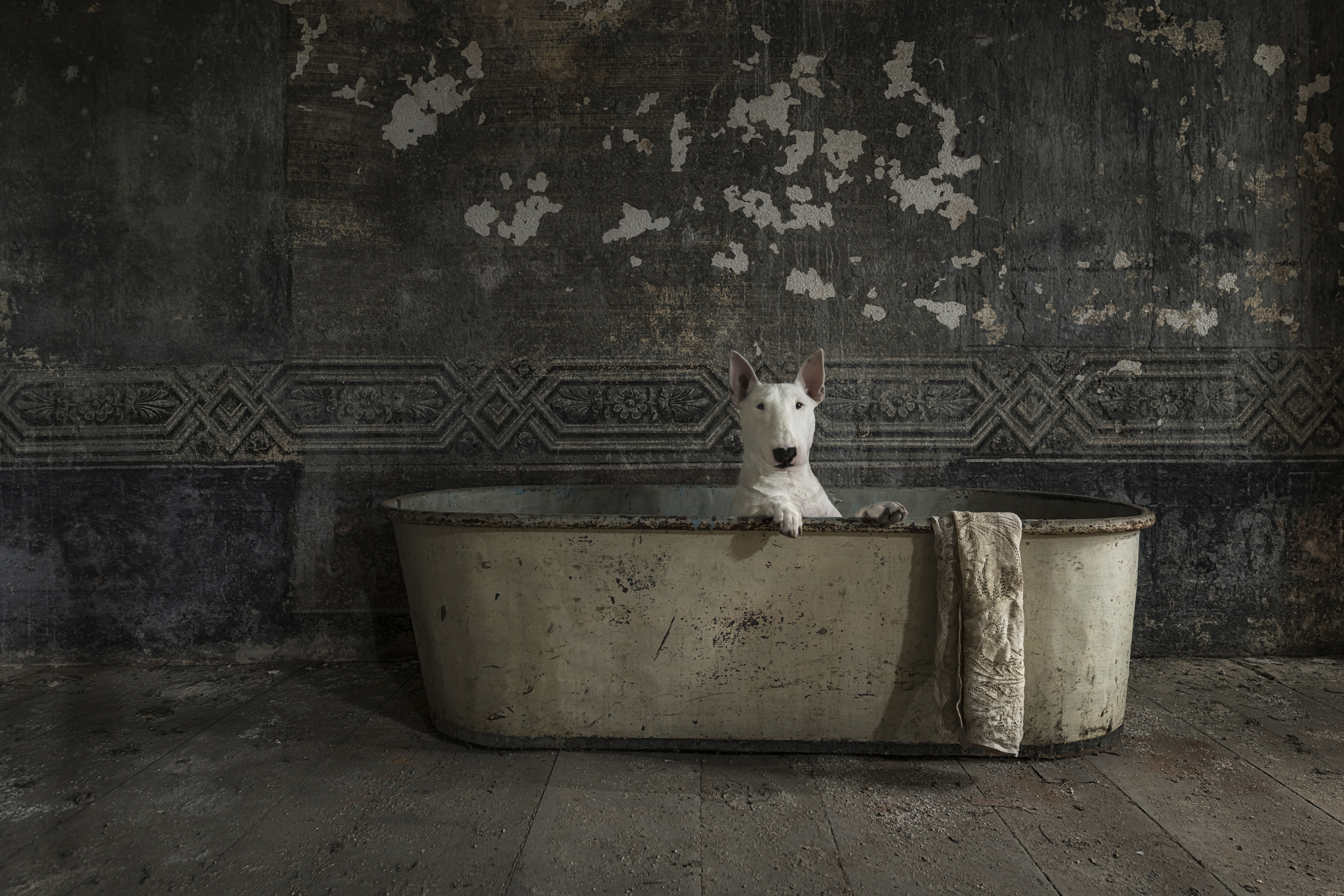

'The dog, independent of the beauty of his figure, his strength, vivacity, and nimbleness, possesses every internal excellence which can attract the regard of man,’ wrote Georges-Louis Leclerc, Comte de Buffon (1707–88). Whether in the works of Landseer, Gainsborough, Hogarth or 20th-century artists such as Lucian Freud or David Hockney, dogs are a perennially popular subject for creatives, offering a touching insight into the connection between Man and his best friend, but, perhaps more importantly, into the private life of the artist.
A muse is like a gentle nudge from the universe, igniting creativity and spurring great works. Yet for some, their muse is a gentle nudge, from a cold wet nose. The canine muse undoubtedly contributes to the spiritual and artistic wellbeing of their master or mistress, as well as being a faithful companion.
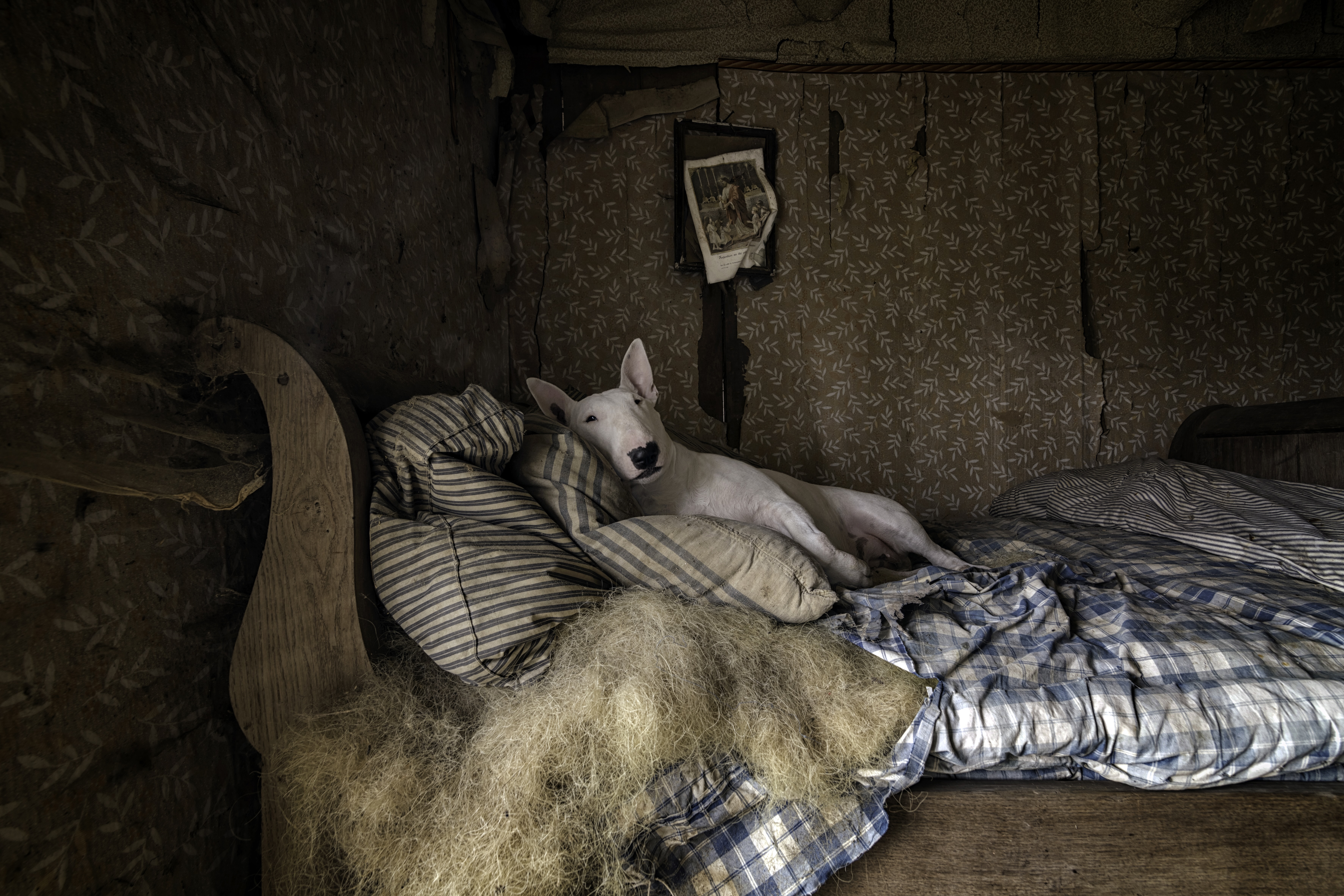
‘From the start, Claire was “different” to all our other dogs,’ reveals visual artist Alice van Kempen. ‘The others were naughty and up to no good, but we didn’t have to keep an eye on Claire — we joke she was born 12 years old.’
Van Kempen grew up in a small farming community surrounded by animals in the northern Netherlands and has kept bull terriers for more than 30 years. It was homebred Claire, however, a white bitch, that would propel her mistress’s career into the limelight when she revealed a flair for modelling.
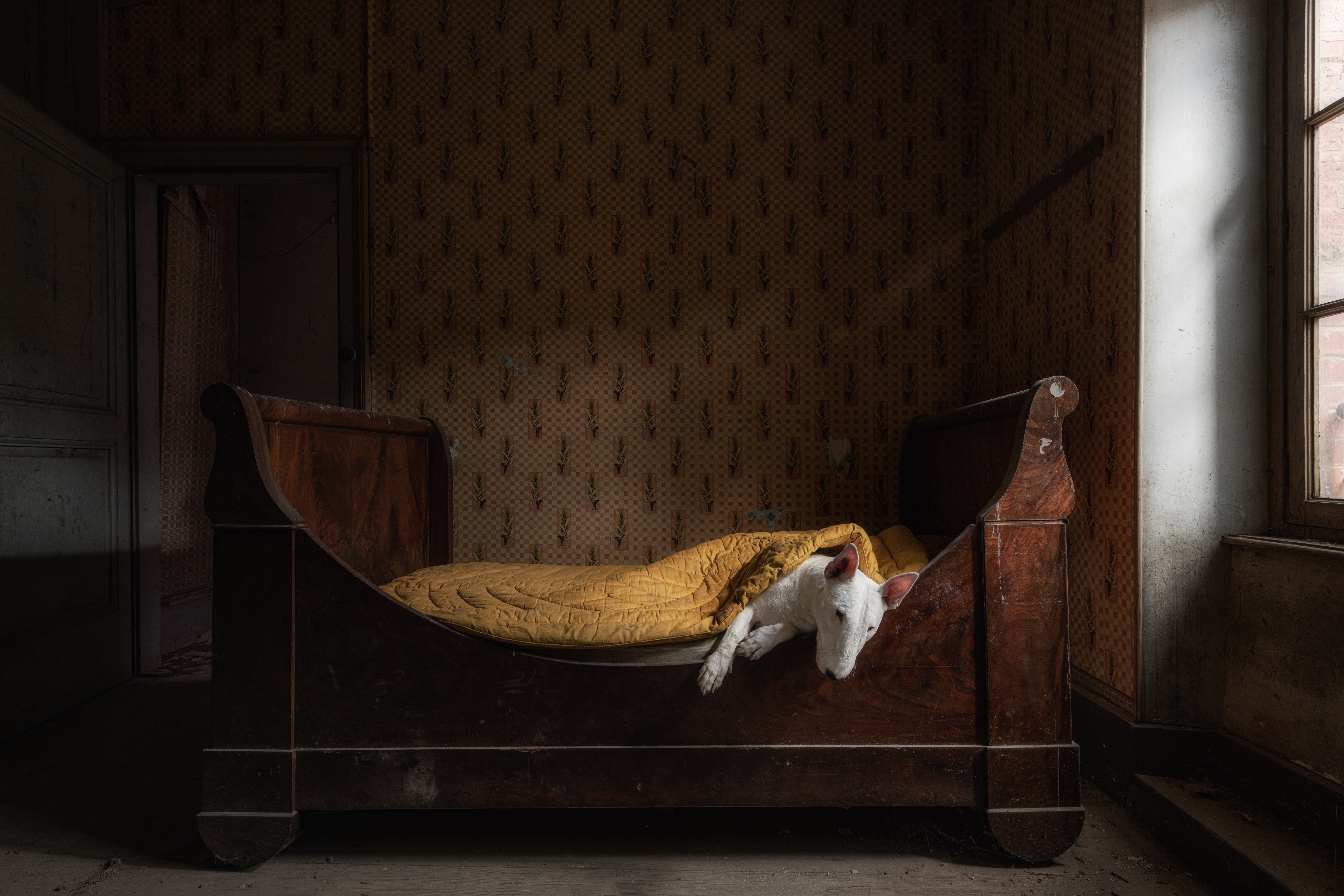
‘As a little puppy, Claire loved to pose for the camera. Our other dogs walked away or looked deeply uninterested, but she immediately understood what I wanted from her — we made a great team,’ recalls van Kempen. ‘When she was about a year and a half, I took her with me to an abandoned building. My intention was to photograph the interiors, but Claire jumped up on a chair and demanded my attention — she simply asked to be photographed.’
The result of this blossoming working relationship was ‘Furbex’ — a series of images of Claire posing in abandoned buildings (‘urbex’ being an abbreviation for urban exploration combined with ‘fur’ for Claire). For more than 11 years, they travelled around the Continent together, exploring derelict sites from crumbling castles and ruined hotels to eerie prisons and forgotten theatres. Van Kempen credits Claire with coming up with several of the poses herself and, to her amazement, the bull terrier always looked straight at the camera (unless she was instructed otherwise) and she could even lock eyes with the lens via her own reflection in a mirror.
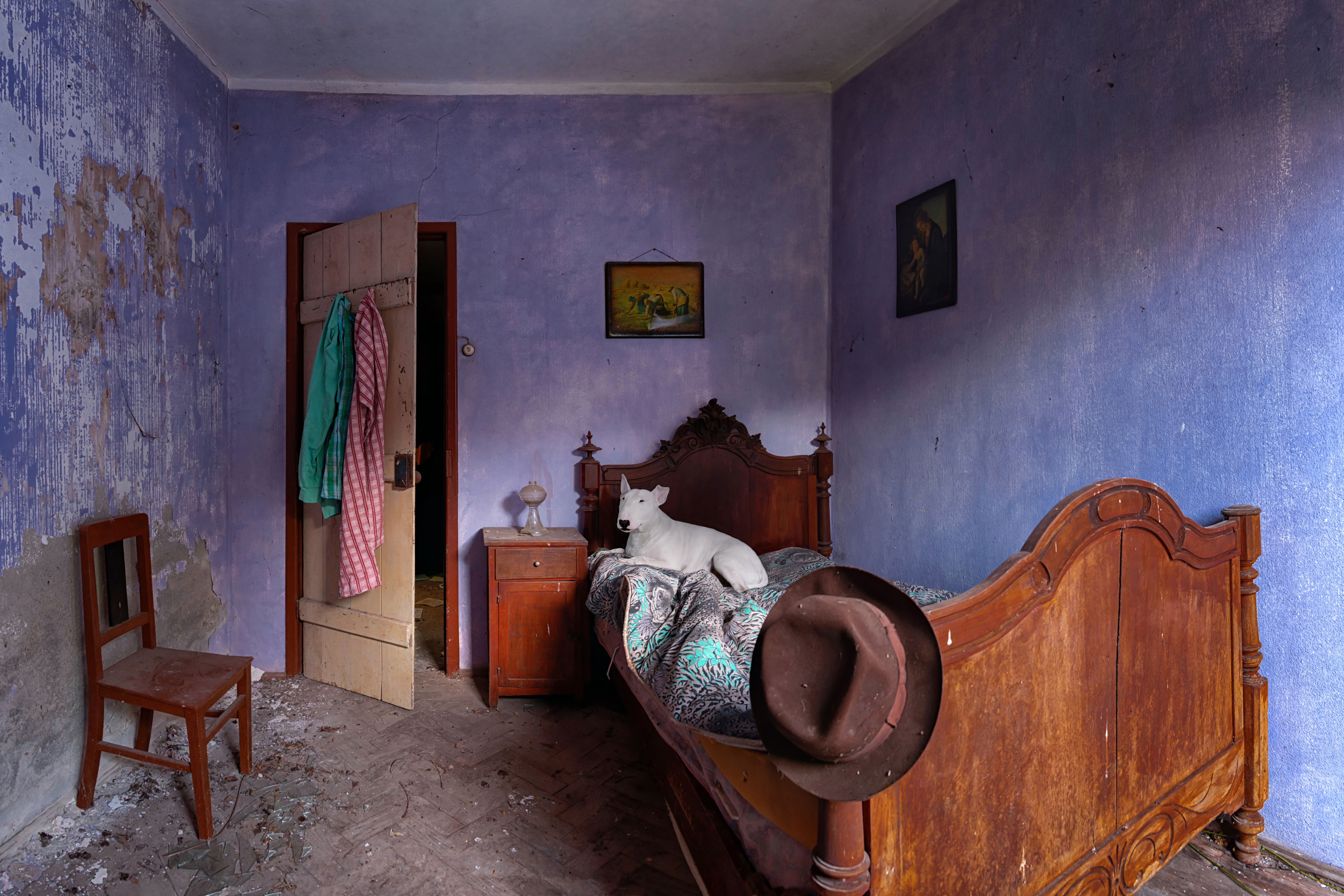
Her favourite photograph from the series, taken in a tiny tavern in Portugal, is titled Vincent van Gogh’s bedroom (above). Van Kempen employed a long shutter speed and a panoramic technique to capture a space that is almost identical to that painted by the post-Impressionist artist of his yellow house in Arles, France. ‘I tried to imitate the atmosphere of van Gogh’s bedroom, but with one difference — Claire had made herself comfortable on the bed,’ explains van Kempen.
Exquisite houses, the beauty of Nature, and how to get the most from your life, straight to your inbox.
Sadly, Claire died in January, so van Kempen’s Furbex adventures are over for now, but she is working on a new project influenced by antique dog portraits. ‘Claire was a great inspiration and she transformed me from a photographer into an artist,’ says van Kempen. ‘It was a pleasure to work with her because you could see she enjoyed it immensely. I consider myself incredibly lucky for having a dog like her in my life.’
Coming up: Lucian Freud and his whippet, Pluto, David Hockney and his dachshunds, Stanley and Boodgie, and Craigie Aitchison and his Bedlington terriers.
Best of the rest canine muses
- Lucian Freud’s grandfather, Sigmund Freud, allowed his favorite chow-chow, Jo-Fi, to attend all of his therapy sessions as he felt dogs had a special sense that allowed them to judge a person’s character accurately
- English artist Tirzah Garwood (Mrs Eric Ravilious) kept a mischievous feline muse called Erskine. Named after one of Henry Swanzy’s uncles, the intrepid tabby cat would frequently return from his nightly adventures etched with battle scars
- Pablo Picasso was a great lover of dogs and affectionately referred to his dachshund Lump as one of his muses. Lump appeared in numerous paintings, including several versions of Velázquez’s Las Meninas, where he replaced the dog in the original artwork
- Frida Kahlo frequently depicted animals in her artwork, sometimes incorporating them into her self-portraits. Serving as both pets and muses, the Mexican artist owned spider monkeys, an Amazon parrot, a fawn and, appropriately, a Mexican hairless, Mr Xoloti
- American artist William Wegman is best known for his ongoing artistic collaborations with his elegant Weimaraners, his lifelong muses
Agnes has worked for Country Life in various guises — across print, digital and specialist editorial projects — before finally finding her spiritual home on the Features Desk. A graduate of Central St. Martins College of Art & Design she has worked on luxury titles including GQ and Wallpaper* and has written for Condé Nast Contract Publishing, Horse & Hound, Esquire and The Independent on Sunday. She is currently writing a book about dogs, due to be published by Rizzoli New York in September 2025.
-
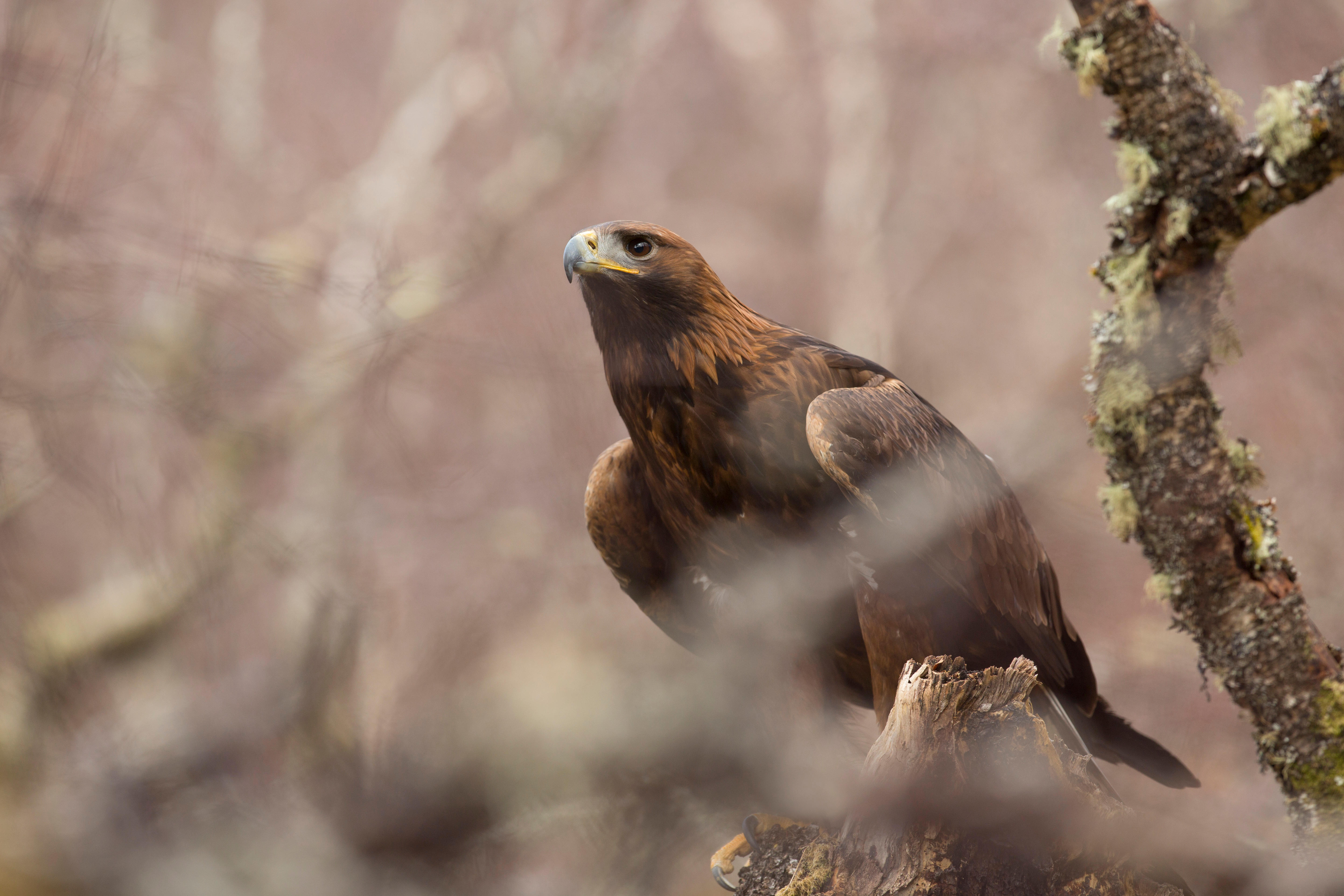 The golden eagle: One of the Great British public's favourite birds of prey — but devilishly tricky to identify
The golden eagle: One of the Great British public's favourite birds of prey — but devilishly tricky to identifyWe are often so keen to encounter this animal that ambition overrides the accuracy of our observations, writes Mark Cocker.
-
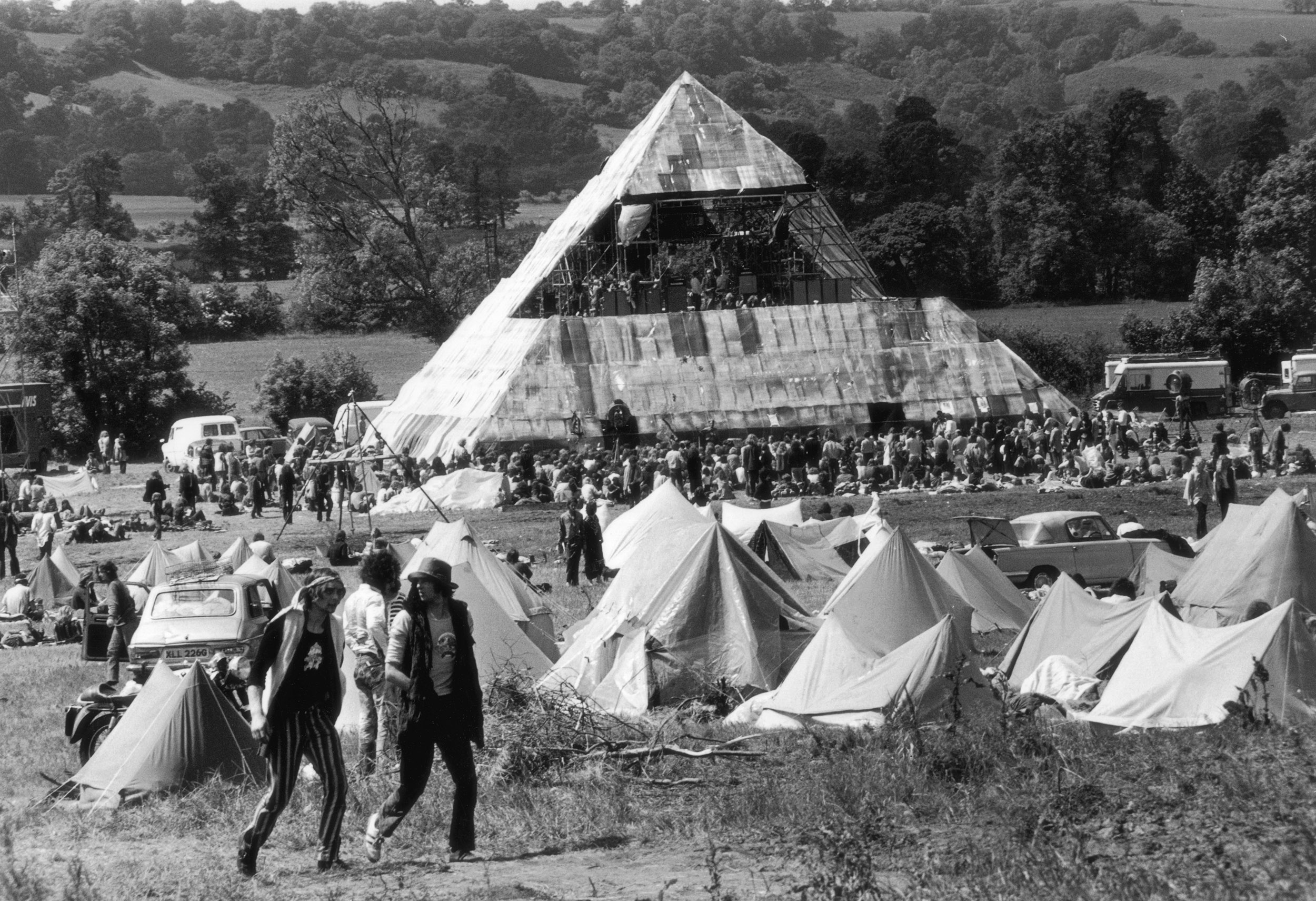 When was the first ever Glastonbury festival? Country Life Quiz of the Day, June 26, 2025
When was the first ever Glastonbury festival? Country Life Quiz of the Day, June 26, 2025Thursday's quiz looks at a landmark date at Worthy Farm.
-
 The golden eagle: One of the Great British public's favourite birds of prey — but devilishly tricky to identify
The golden eagle: One of the Great British public's favourite birds of prey — but devilishly tricky to identifyWe are often so keen to encounter this animal that ambition overrides the accuracy of our observations, writes Mark Cocker.
-
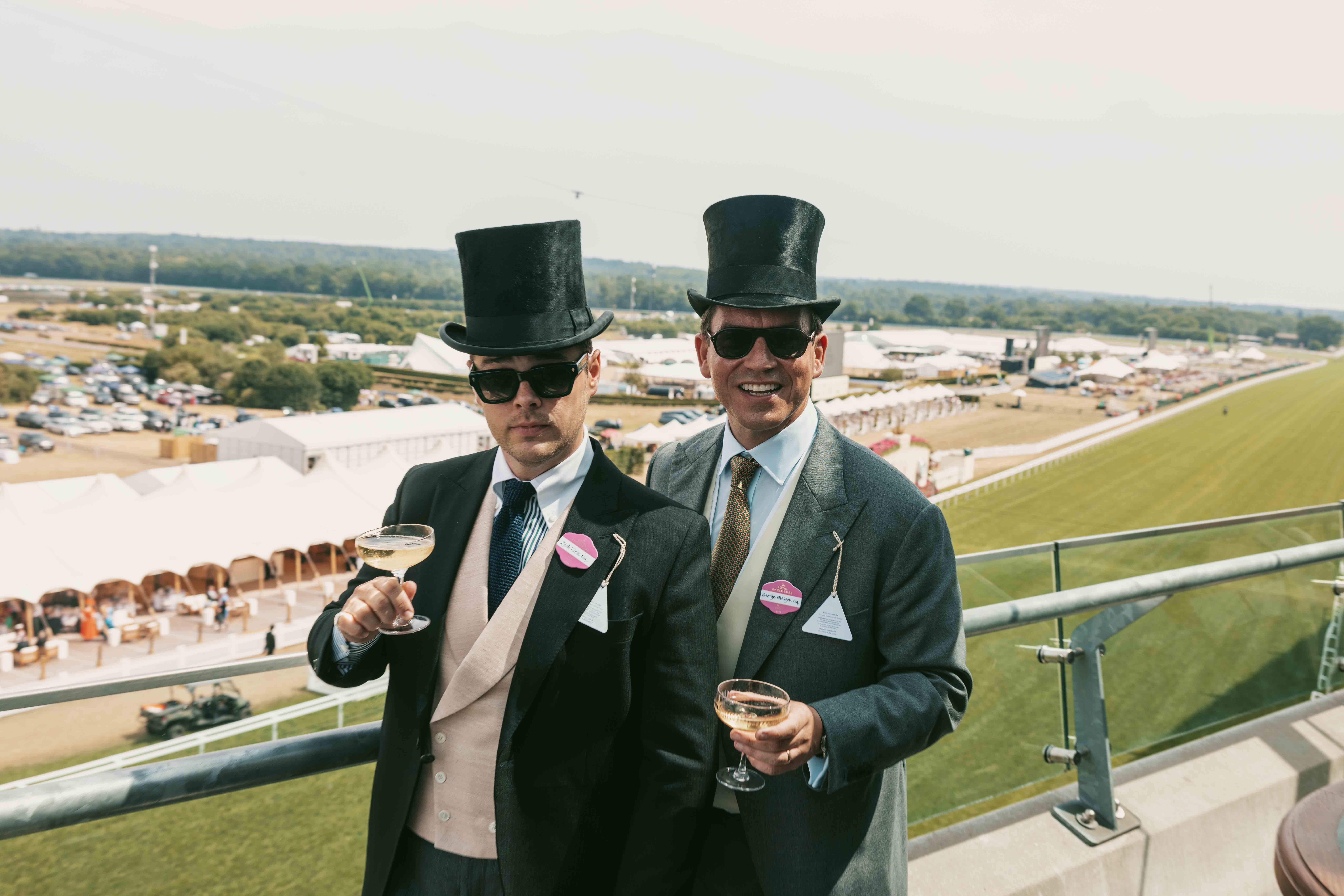 ‘There are moments of formal dressing where one is humbled by the rules of it all’: A New Yorker tackles Royal Ascot for the first time
‘There are moments of formal dressing where one is humbled by the rules of it all’: A New Yorker tackles Royal Ascot for the first timeA day at the races filled with Royal processions, fantastical picnics and top hats might not sound particularly odd to us, but to visitors from America it’s a spectacle that has to be seen to be believed. One New Yorker recounts what he saw — and what he thought about it all.
-
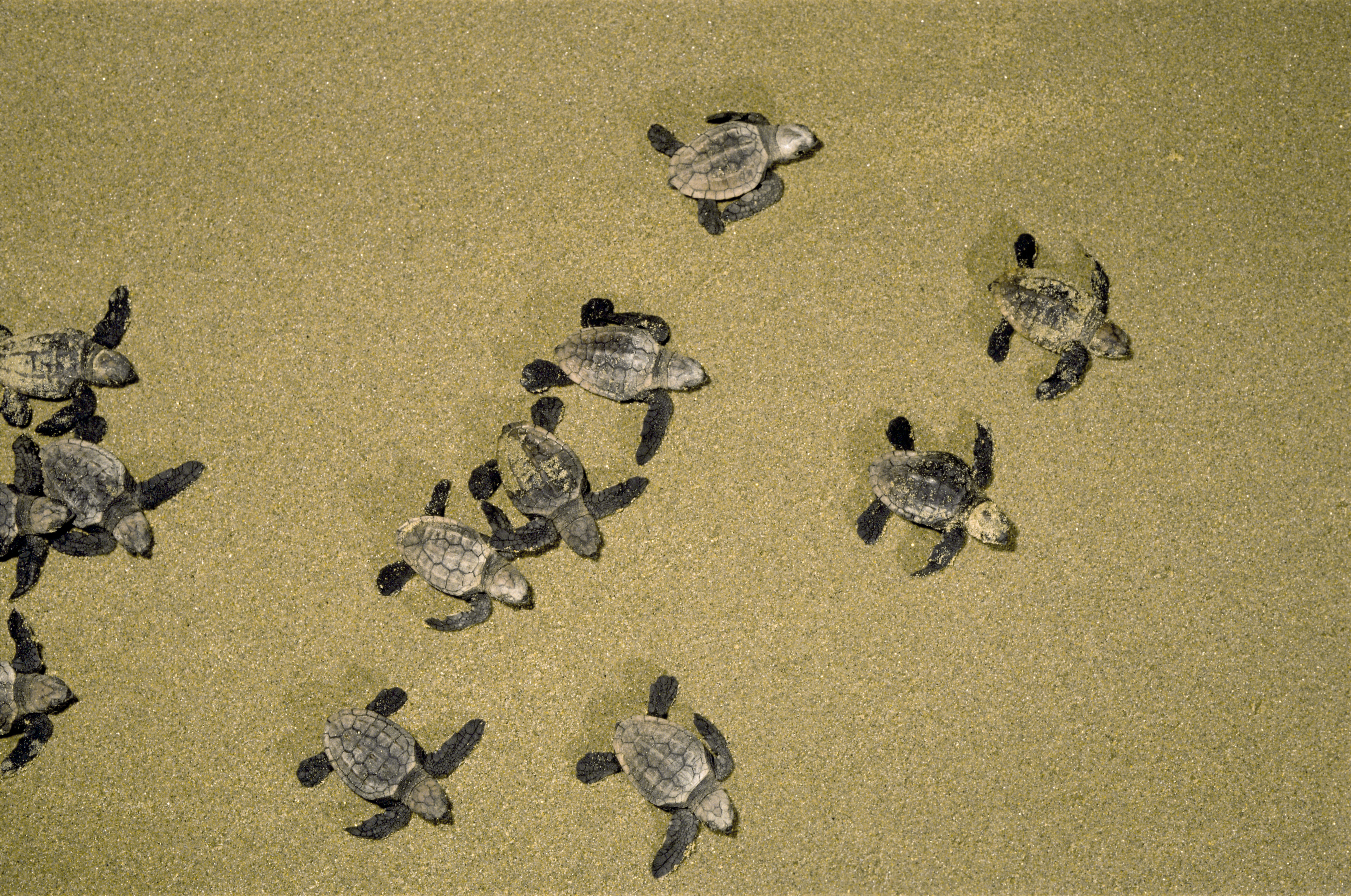 From turtles to pink sea fans: Why Mediterranean marine life is drifting into British waters
From turtles to pink sea fans: Why Mediterranean marine life is drifting into British watersBoth leatherback sea turtles and the soft corrals’ presence near our shores coincides with our warming seas, Lotte Brundle writes.
-
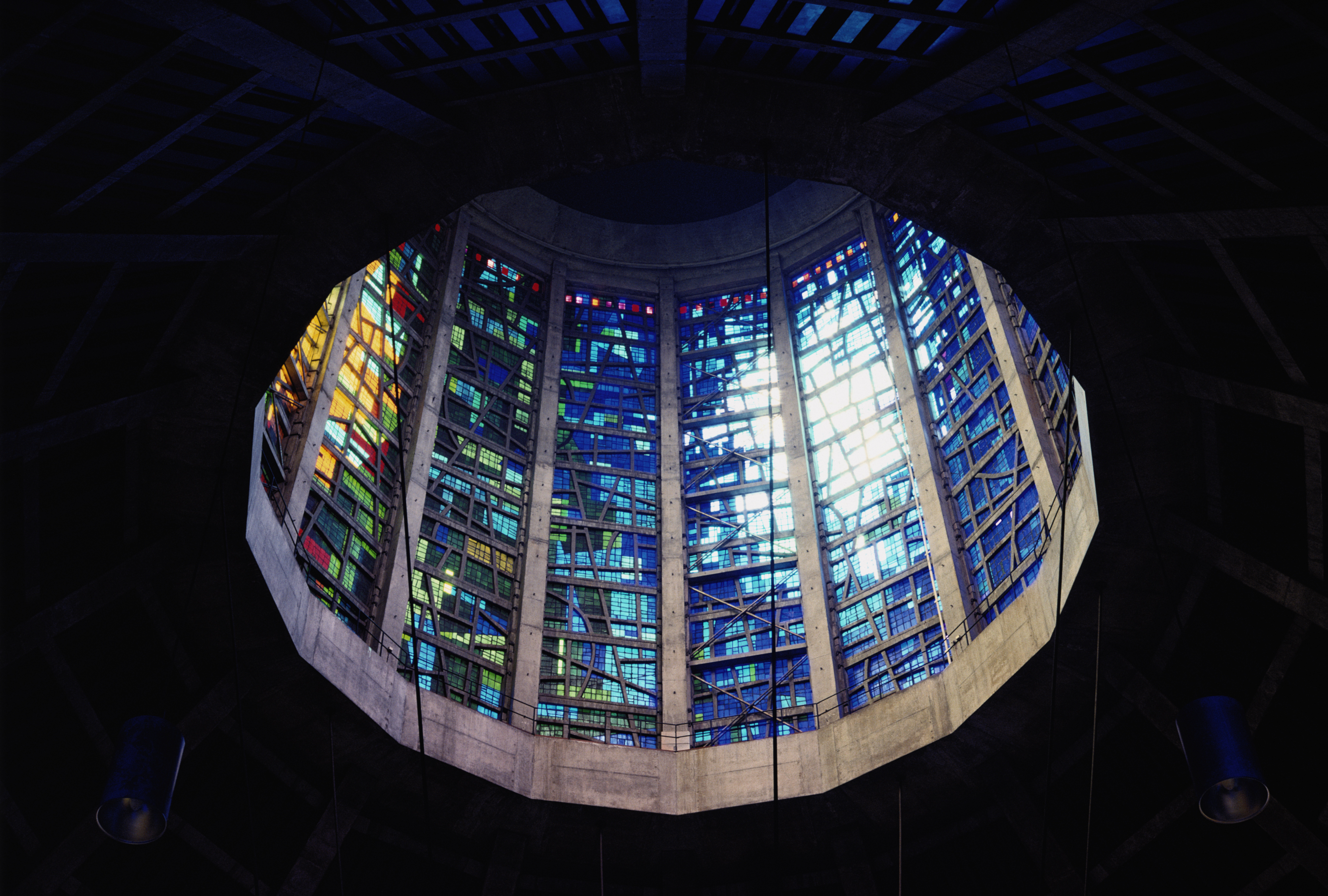 Critics be damned, Liverpool Metropolitan Cathedral gets Grade I status on advice from Historic England
Critics be damned, Liverpool Metropolitan Cathedral gets Grade I status on advice from Historic EnglandLooking a bit like a large piece of moon-landing equipment on which you’d best not sit, with indoor lighting that wouldn’t look out of place in a nightclub, the building has ever divided opinions.
-
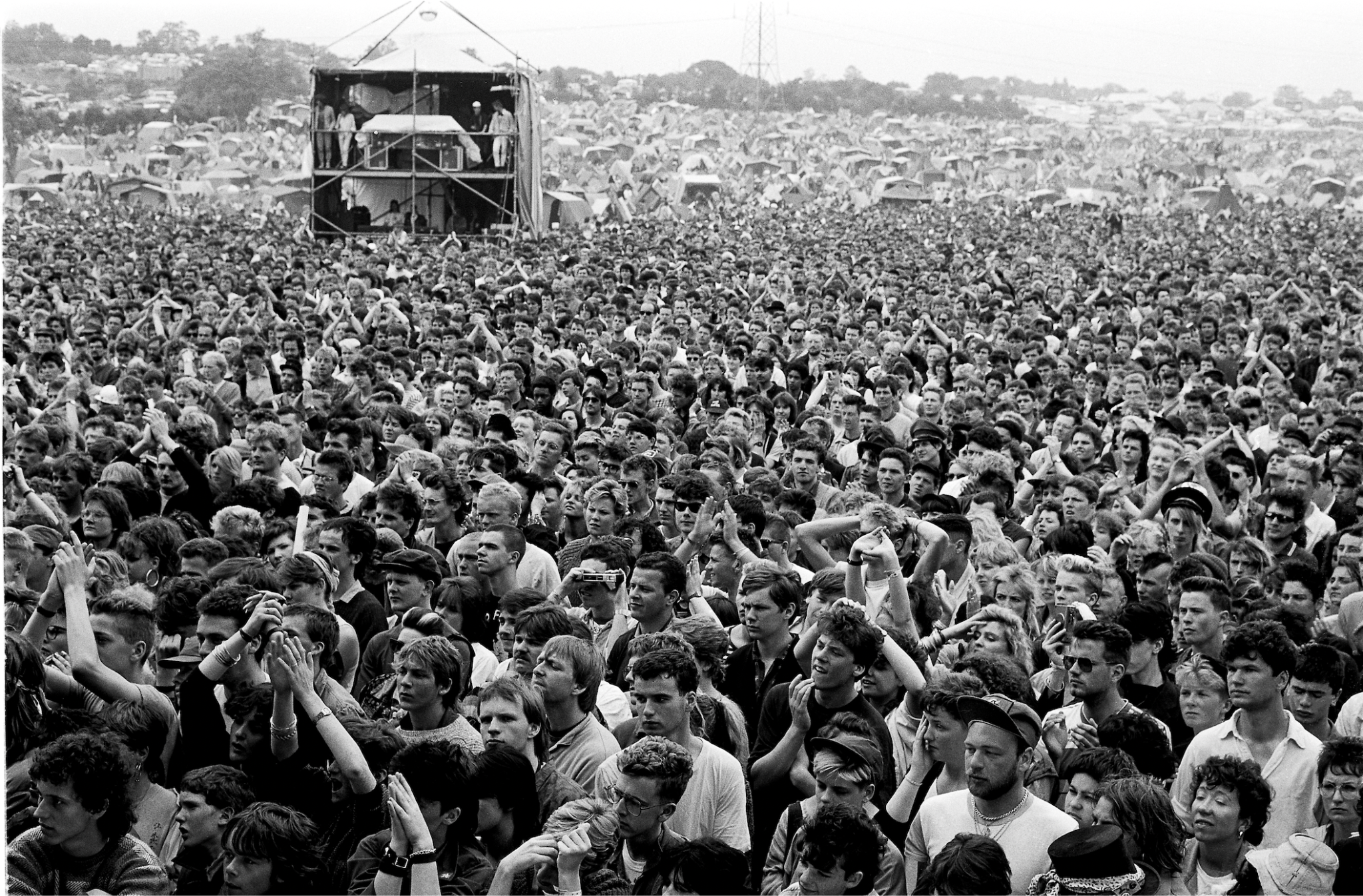 These rarely-seen images of Glastonbury in the 1980s capture the world’s most famous music festival in its rawest and most magical form
These rarely-seen images of Glastonbury in the 1980s capture the world’s most famous music festival in its rawest and most magical formLong before the luxury yurts, pop-up spas, and Champagne bars, Glastonbury looked like something else altogether.
-
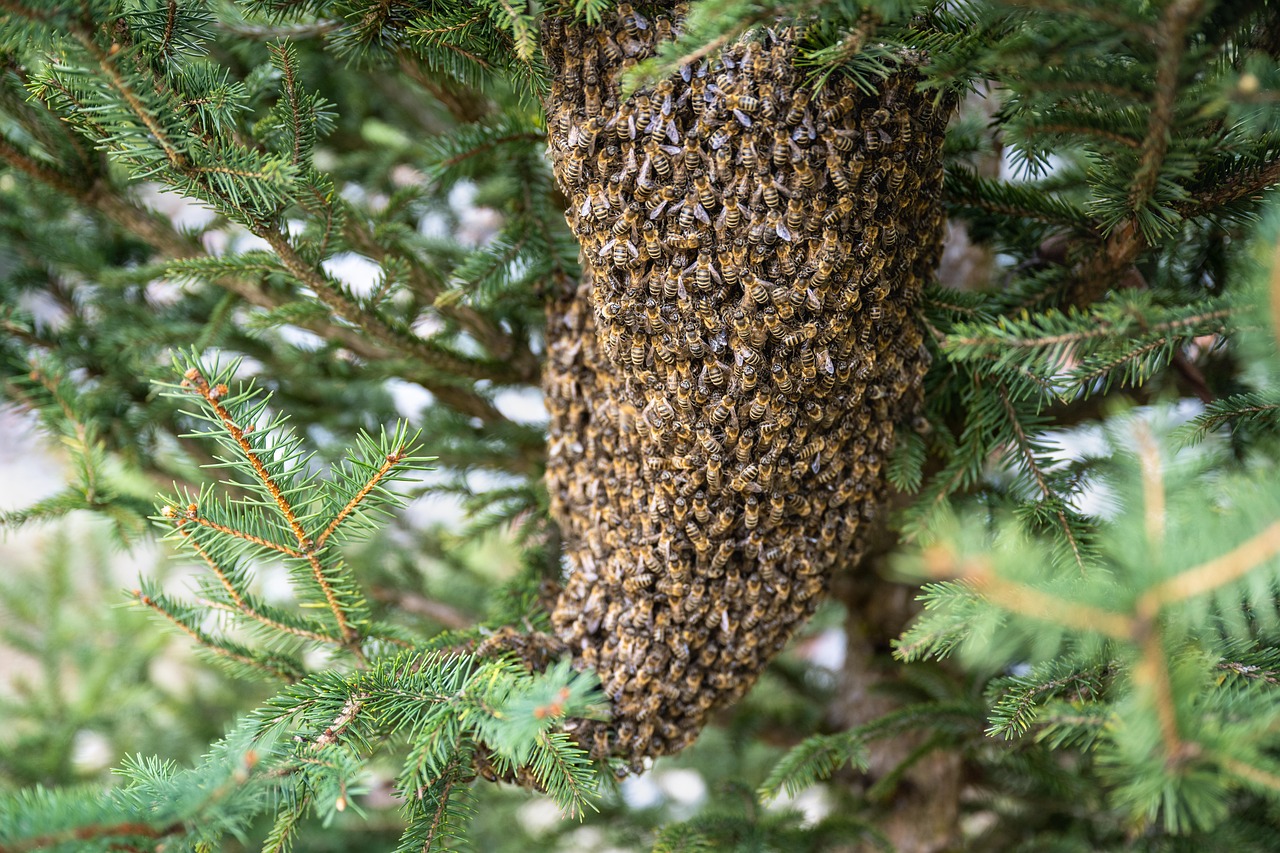 It's a cruel summer to be a bee with up to 80% of swarms dying if they cannot find a safe place to settle — but here is how you can help
It's a cruel summer to be a bee with up to 80% of swarms dying if they cannot find a safe place to settle — but here is how you can helpCurrently, swarms of bees are taking flight to search for new homes and up to 80% of these swarms will perish if they cannot find a safe place to settle, but we can all help, says the BBKA.
-
 The successor to the 'most beautiful car of the 20th century' is smooth, comfortable... and ends up highlighting everything that's wrong in car design today
The successor to the 'most beautiful car of the 20th century' is smooth, comfortable... and ends up highlighting everything that's wrong in car design todayThe DS No. 4 traces its lineage back to the Citroën DS, a car so extraordinary that people described it as looking 'as if it had dropped from the sky'. And while the modern version is more friendly to the earth, says Toby Keel, it's also worryingly earthbound.
-
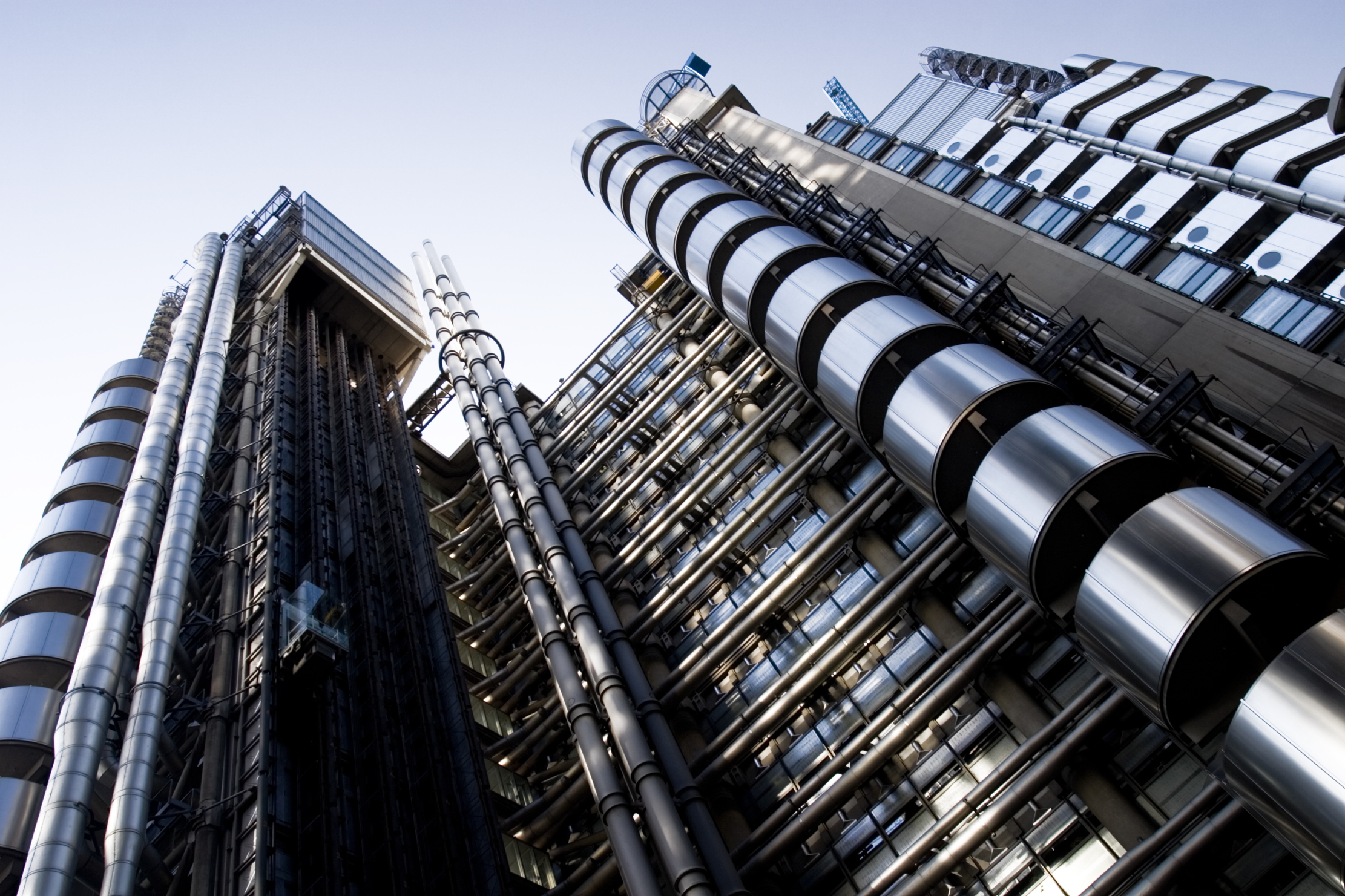 Richard Rogers: 'Talking Buildings' is a fitting testament to the elegance of utility
Richard Rogers: 'Talking Buildings' is a fitting testament to the elegance of utilityA new exhibition at Sir John Soane's museum dissects the seminal works of Richard Rogers, one of Britain's greatest architects.
